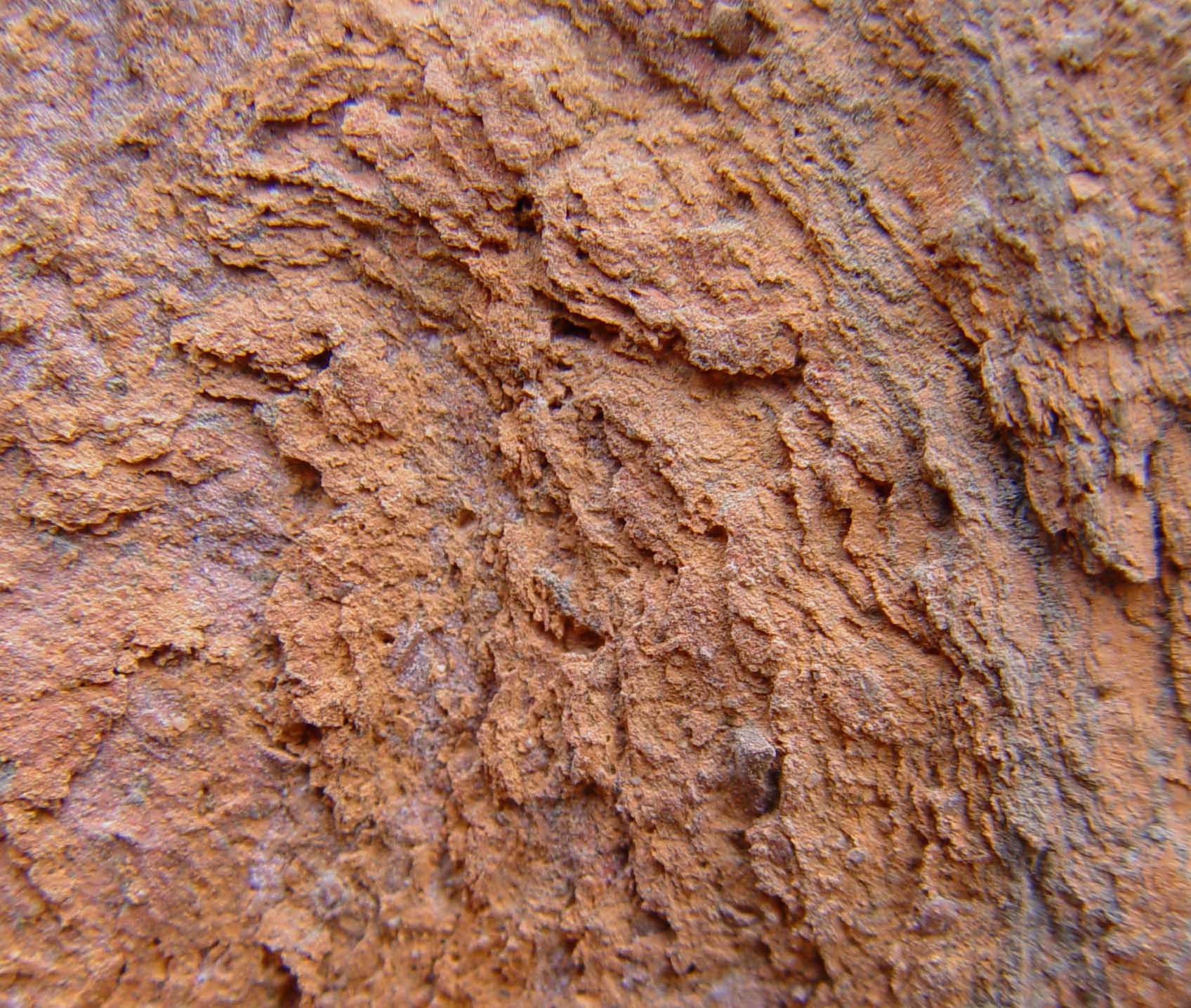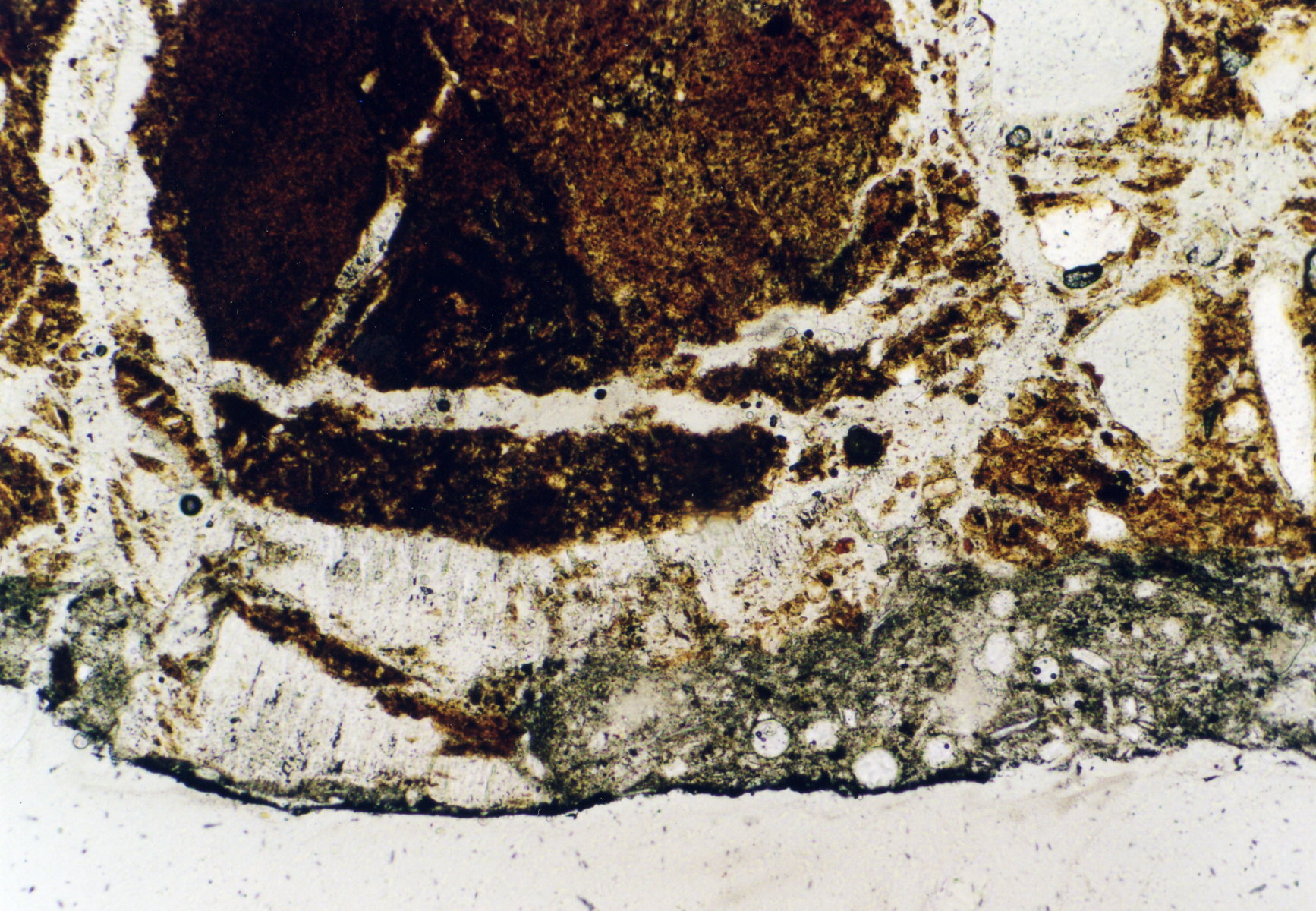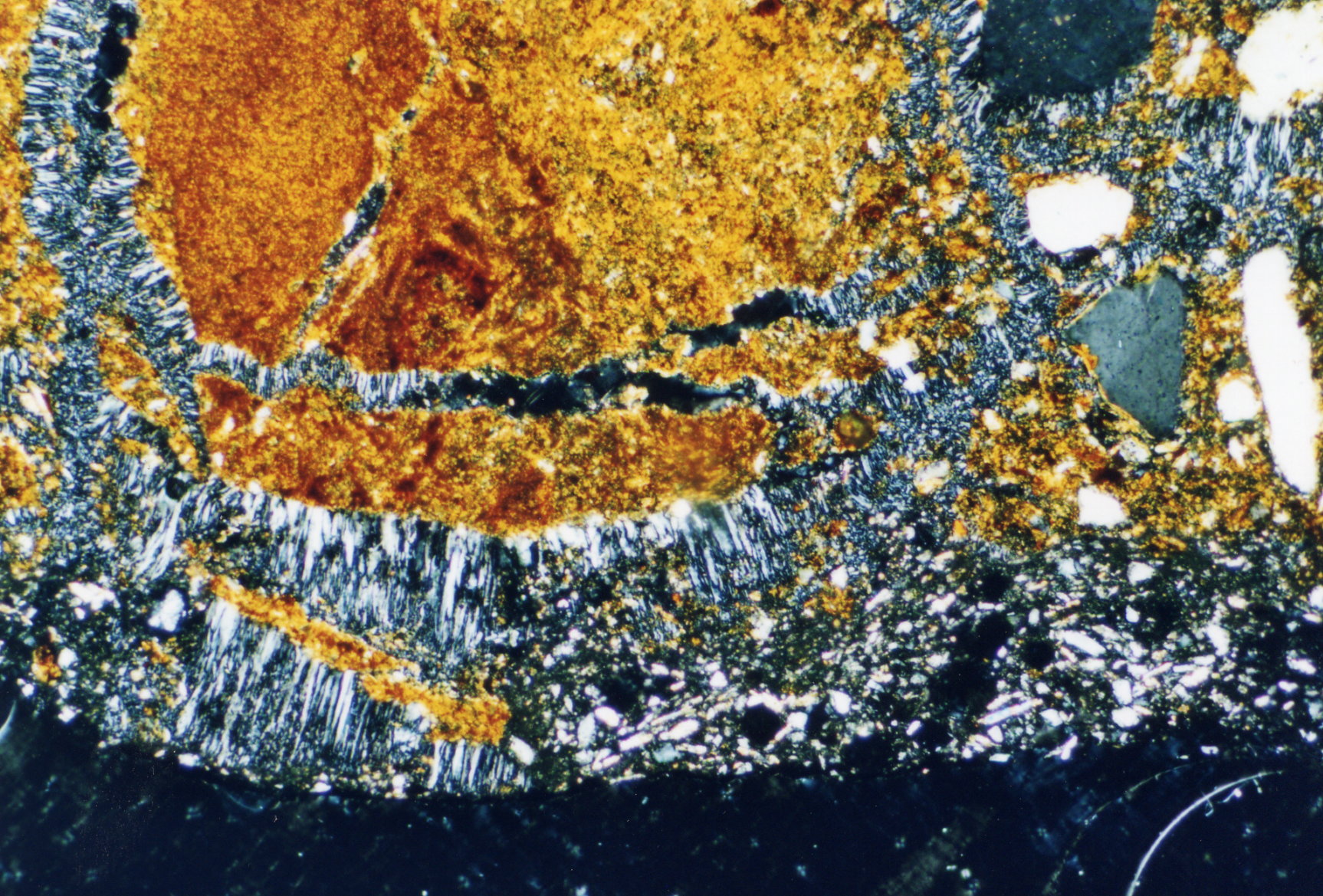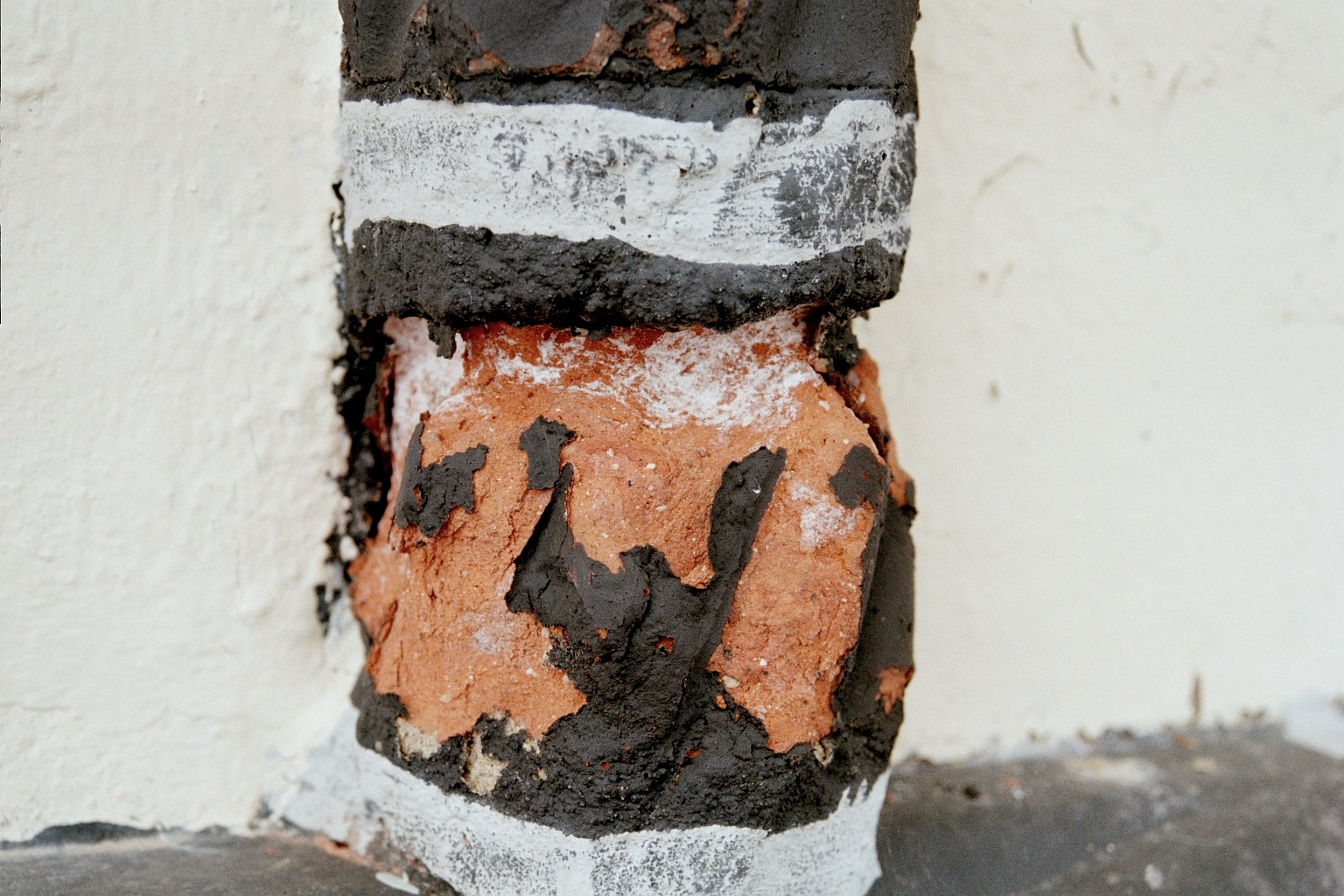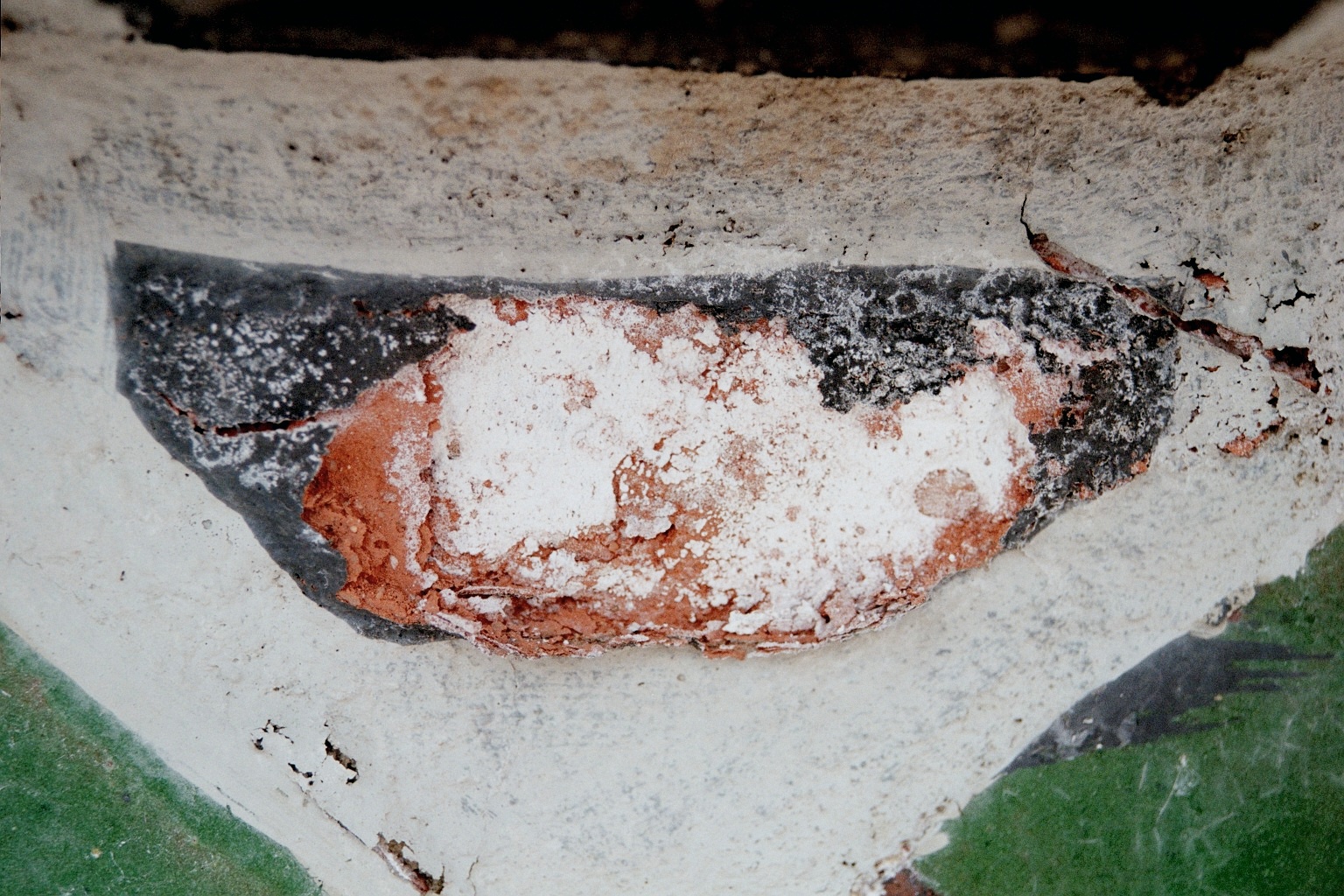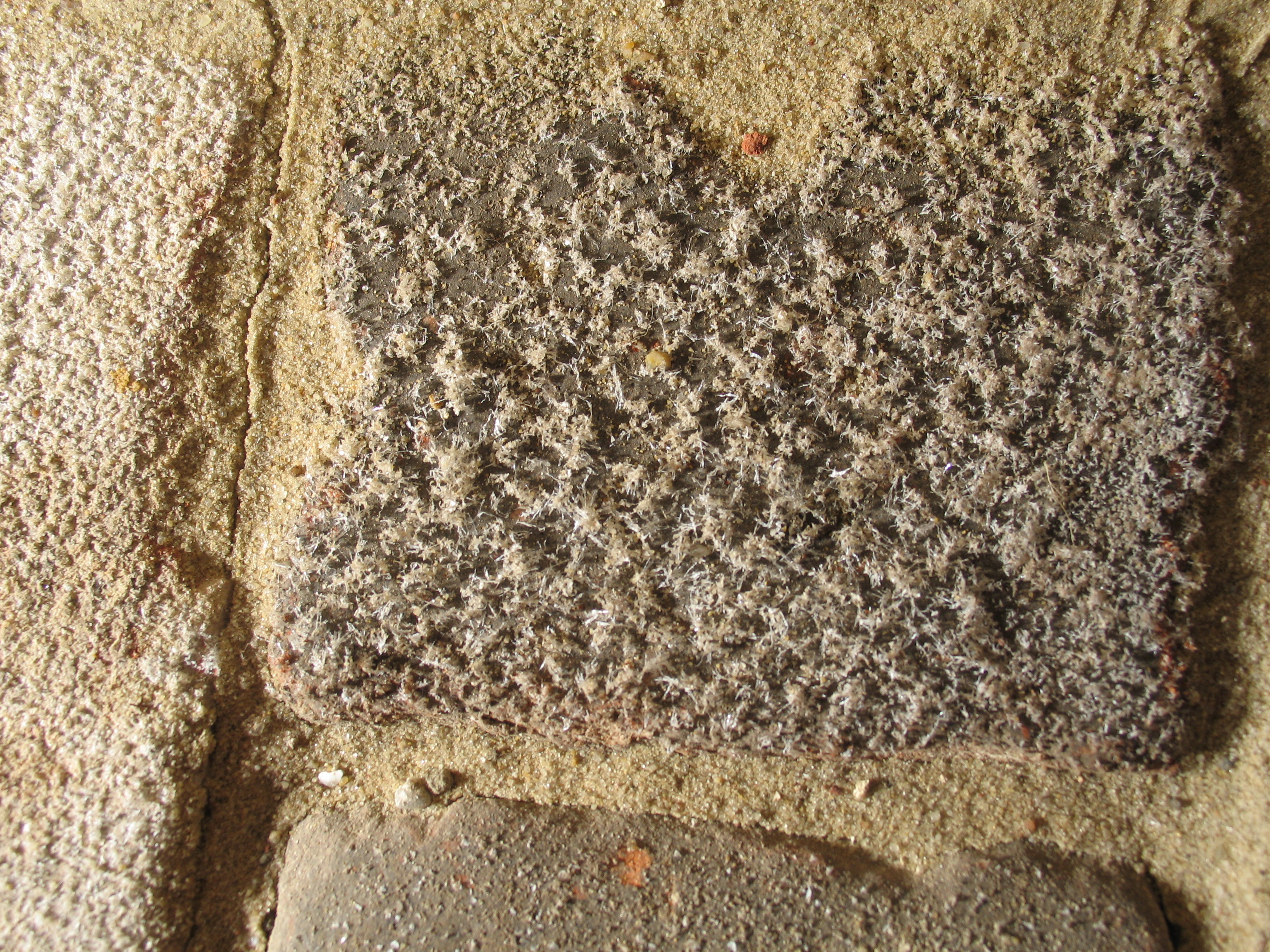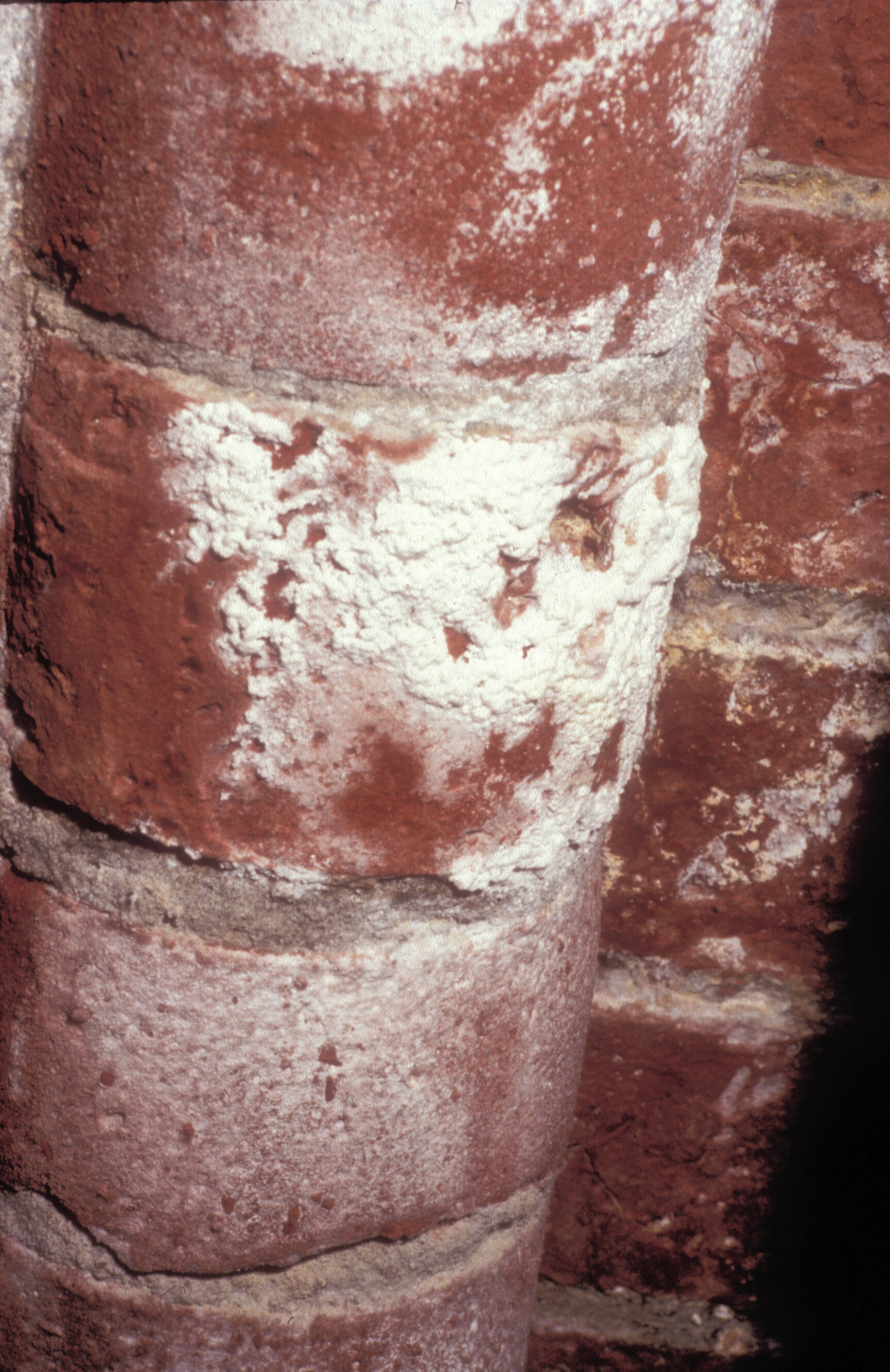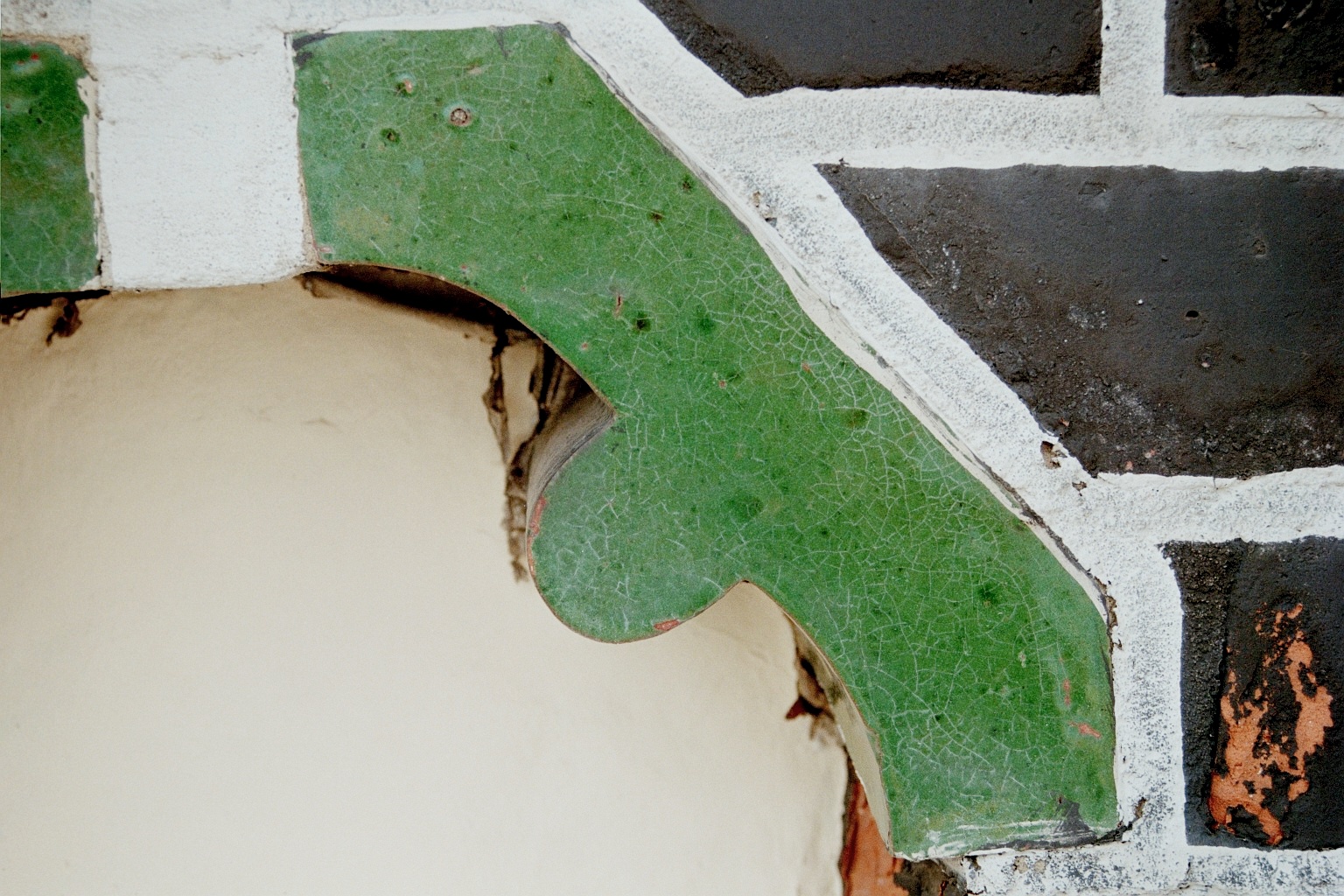Architectural Ceramics: Difference between revisions
m (Protected "Architectural Ceramics" ([edit=sysop] (indefinite) [move=sysop] (indefinite))) |
No edit summary |
||
| Line 1: | Line 1: | ||
<bibimport/> | <bibimport/> | ||
<br> | <br> | ||
| Line 16: | Line 17: | ||
--> | --> | ||
== Decay | == Decay pattern of architectural ceramics== | ||
'''Deterioration of | '''Deterioration of brickwork''' | ||
Salt-induced damage to bricks is common. | Salt-induced damage to bricks is common. | ||
| Line 25: | Line 26: | ||
'''Glazed | '''Glazed architectural ceramics''' | ||
The glaze on building ceramics prevents the transport of moisture and salts. Often however, the glaze is split into a fine network of cracks (craquele), allowing the moisture transport through capillary action. | The glaze on building ceramics prevents the transport of moisture and salts. Often however, the glaze is split into a fine network of cracks (craquele), allowing the moisture transport through capillary action. | ||
| Line 38: | Line 39: | ||
Image:Perleberg 14.04.2003 (50)-Ausschnitt.jpg|Figure 1: The scaling surface of a damaged brick, caused by crystallizing salts. | Image:Perleberg 14.04.2003 (50)-Ausschnitt.jpg|Figure 1: The scaling surface of a damaged brick, caused by crystallizing salts. | ||
Image:Per_270603_5-13_14.jpg|Figure 2: Photo of a thin section in polarized light. The gray parallel crystals are gypsum. | Image:Per_270603_5-13_14.jpg|Figure 2: Photo micrograph of a thin section in polarized light. The gray parallel crystals are gypsum. | ||
Image:Per 270603 5-13 15.jpg|Figure 3: Photo micrograph as Fig 2 with crossed polarizers. It is clearly visible that, on the one hand gypsum is causing the damage to the brick, but on the other hand it acts like an adhesive/ cement, holding the flaking pieces in place. With the removal of the gypsum the original substance of the brick would be lost.</gallery> | Image:Per 270603 5-13 15.jpg|Figure 3: Photo micrograph as Fig 2 with crossed polarizers. It is clearly visible that, on the one hand gypsum is causing the damage to the brick, but on the other hand it acts like an adhesive/ cement, holding the flaking pieces in place. With the removal of the gypsum the original substance of the brick would be lost.</gallery> | ||
| Line 51: | Line 52: | ||
=== Efflorescences === | === Efflorescences === | ||
<gallery perrow="3" heights="200px" widths="250px" caption="Efflorescences on | <gallery perrow="3" heights="200px" widths="250px" caption="Efflorescences on architectural ceramics"> | ||
Image: Salzwedel 17012007 (145).jpg|Figure 6: Salt efflorescence on a flagstone | Image: Salzwedel 17012007 (145).jpg|Figure 6: Salt efflorescence on a flagstone | ||
| Line 62: | Line 63: | ||
[[Category:Decay_Pattern:Ceramics]] [[Category:R-CBlaeuer]][[Category:inProgress]] | [[Category:HSchwarz]][[Category:Decay_Pattern:Ceramics]] [[Category:R-CBlaeuer]][[Category:inProgress]] | ||
Revision as of 19:33, 7 January 2012
<bibimport/>
Author: Hans-Jürgen Schwarz
Back to Decay Pattern
Abstract[edit]
Typical damage patterns are presented and explained.
Decay pattern of architectural ceramics[edit]
Deterioration of brickwork
Salt-induced damage to bricks is common.
Damage to bricks can appear as follows:
Glazed architectural ceramics
The glaze on building ceramics prevents the transport of moisture and salts. Often however, the glaze is split into a fine network of cracks (craquele), allowing the moisture transport through capillary action. In the fissures of the craquele, salt contamination can be seen particularly well and often this damage leads to the spalling of the glazes.
Some examples of salt-contaminated glazed building ceramics are shown here.
Flaking[edit]
- Decay pattern on a brick of the St. Jakobi Church in Perleberg
Figure 3: Photo micrograph as Fig 2 with crossed polarizers. It is clearly visible that, on the one hand gypsum is causing the damage to the brick, but on the other hand it acts like an adhesive/ cement, holding the flaking pieces in place. With the removal of the gypsum the original substance of the brick would be lost.
Weathering[edit]
- Damage to a building in Lüneburg
Efflorescences[edit]
- Efflorescences on architectural ceramics
